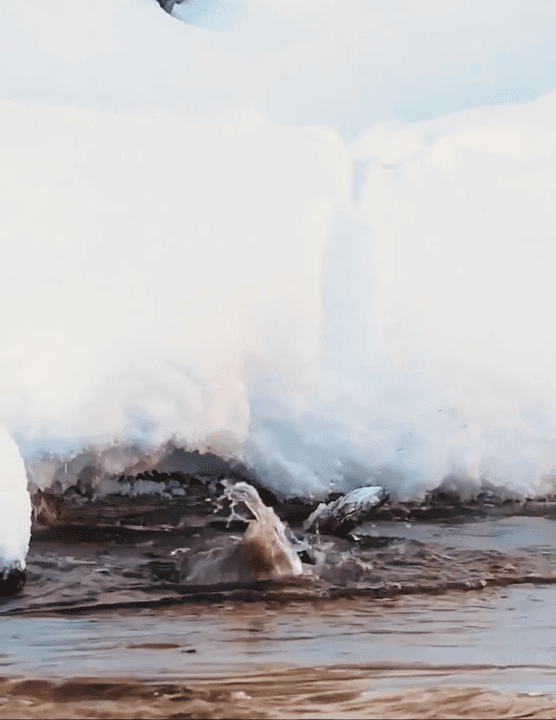
Hunting in PIEDMONT: Laws, Clubs, Hunting Seasons and Legislation. Features, Traditions, and Regulations Geographic and Natural Features of the Region from a Hunting Perspective Piedmont, located in northwestern Italy, is characterized by a great variety of landscapes: from the western Alps to the hills of Monferrato and the plains of the Po River. This geographic diversity offers ideal habitats for numerous wildlife species, making hunting in Piedmont extremely interesting. The rugged terrain, steep slopes, and alpine meadows offer perfect conditions for chamois, making Piedmont one of the best regions in Italy for chamois hunting. The mountainous areas are rich in chamois, deer, and roe deer, while the hilly and flat areas are home to wild boar, hares, pheasants, and partridges. The presence of lakes and rivers also favors waterfowl hunting. Hunters and Demographics of the Region According to data from the National Hunters Association (Federcaccia), there are approximately 20,000
Post: 12 May 14:19















